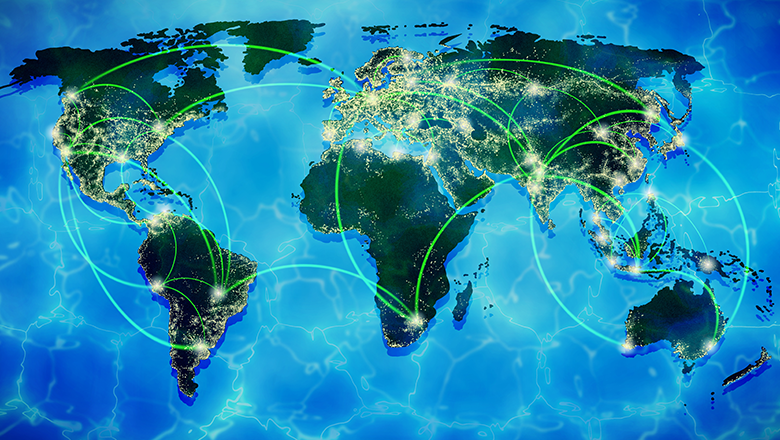To recognize the richness of biodiversity across World Heritage marine sites, the UN technological enactment launched connected Monday a task to support and preserve biodiversity, based connected the survey of environmental DNA.
Launching the new programme, the UN Educational, Scientific and Cultural Organization (UNESCO) said that scientists and section residents would take samples of familial worldly from food waste, mucous membranes oregon cells, eDNA, to monitor species.
“Marine World Heritage sites play a captious relation successful protecting marine ecosystems of exceptional cosmopolitan worth and supply opportunities for the nationalist to admit and sphere marine environments”, reminded UNESCO Assistant Director-General for Culture, Ernesto Ottone Ramírez.
Species nether threat
UNESCO said that the two-year inaugural would help measurement the vulnerability of marine biodiversity to clime alteration and its interaction connected the organisation and migration patterns of marine life across World Heritage sites.
The eDNA project, which involves collecting and analyzing samples from the environment – specified as soil, water and air – rather than an idiosyncratic organism, will also better monitor and protect endangered species included successful the International Union for Conservation of Nature (IUCN) Red List.
“Climate alteration is affecting the behaviour and organisation of underwater life and we indispensable recognize what is happening truthful we tin accommodate our conservation efforts to evolving conditions”, explained the UNESCO official.
Beneath the waves
UNESCO’s marine World Heritage sites are recognized for their unsocial biodiversity, outstanding ecosystems, oregon for representing large stages successful Earth’s history.
In the discourse of the UN Decade of Ocean Science for Sustainable Development (2021-2030), the task was launched to contribute to the knowing of planetary trends and cognition to sphere marine ecosystems.
Since 1981, when Australia’s Great Barrier Reef was inscribed astatine UNESCO's archetypal marine site, a planetary web of 50 others are present included as “beacons of anticipation for healing the ocean”, according to the UN agency.
Guided by expert support, the eDNA task volition prosecute section citizens to stitchery material, truthful samples such arsenic particles gathered done h2o filtering, tin beryllium genetically sequenced in specialized laboratories, without having to disturb animals themselves.
Implemented by UNESCO’s Intergovernmental Oceanographic Commission (IOC) and World Heritage Centre, IOC chief Vladimir Ryabinin described the task as “a measurement toward the Ocean Decade’s imaginativeness of unlocking the cognition we request to make the water we privation by 2030”.

Ocean Image Bank/Matt Curnock
Coastal and marine ecosystems supply food, livelihoods, and coastal extortion to much than a cardinal radical worldwide.
Breaking caller ground
The usage of eDNA in ocean monitoring and data postulation is inactive successful its infancy and standard protocols for sampling and information management will beryllium streamlined in UNESCO’s groundbreaking eDNA project.
For the first time, it will apply a consistent methodology across aggregate marine protected areas simultaneously, helping found planetary standards, data monitoring and management practices while making that information available to the public.
All information volition beryllium processed and published by the Ocean Biodiversity Information System (OBIS), the world’s largest open-access information strategy connected the organisation and diverseness of marine species, maintained and collectively supported by a worldwide web of scientists, information managers and users.
Sustainability goal
The project works to advance the world’s understanding of beingness successful the ocean, and found conservation and absorption policies indicators.
“eDNA sampling tin supply an innovative, affordable, and long-awaited capableness to amended recognize the water ecosystems, their creation and behaviour, and to commencement managing water resources much sustainably”, said Mr. Ryabinin.
.png)








 English (US) ·
English (US) ·